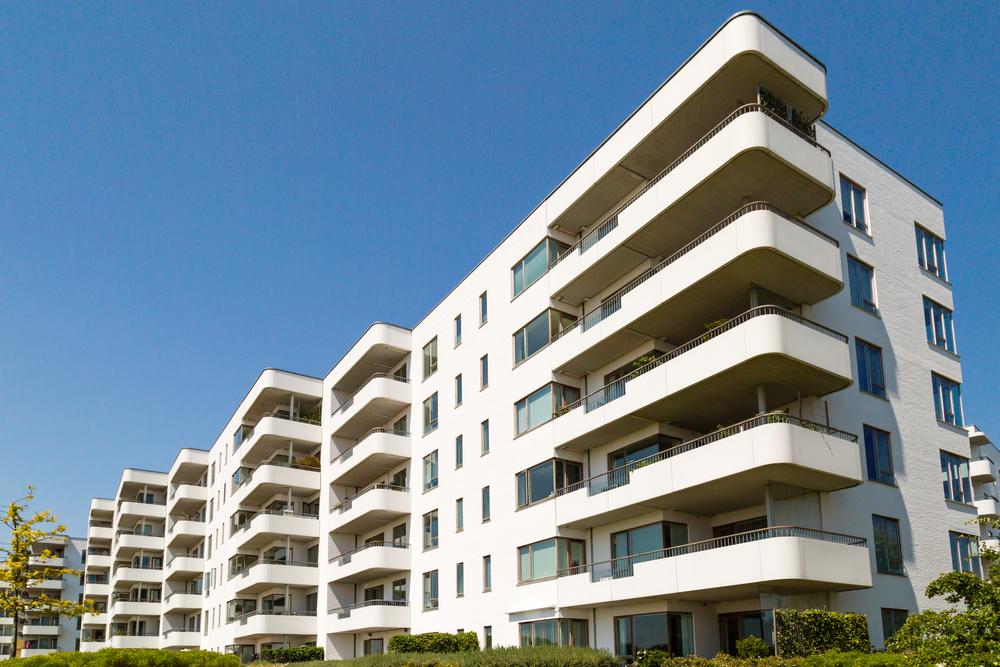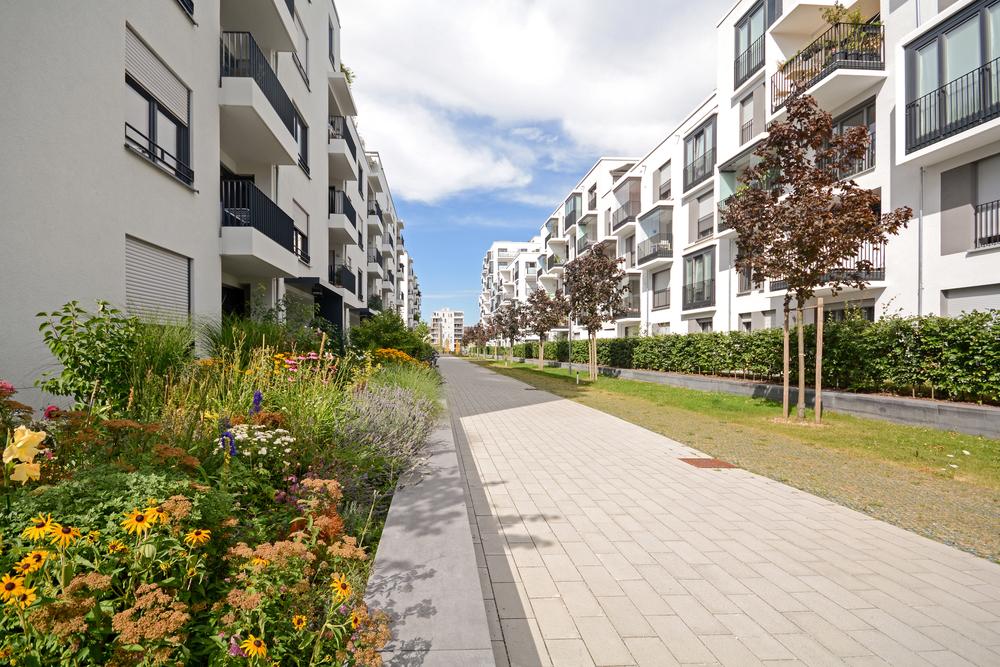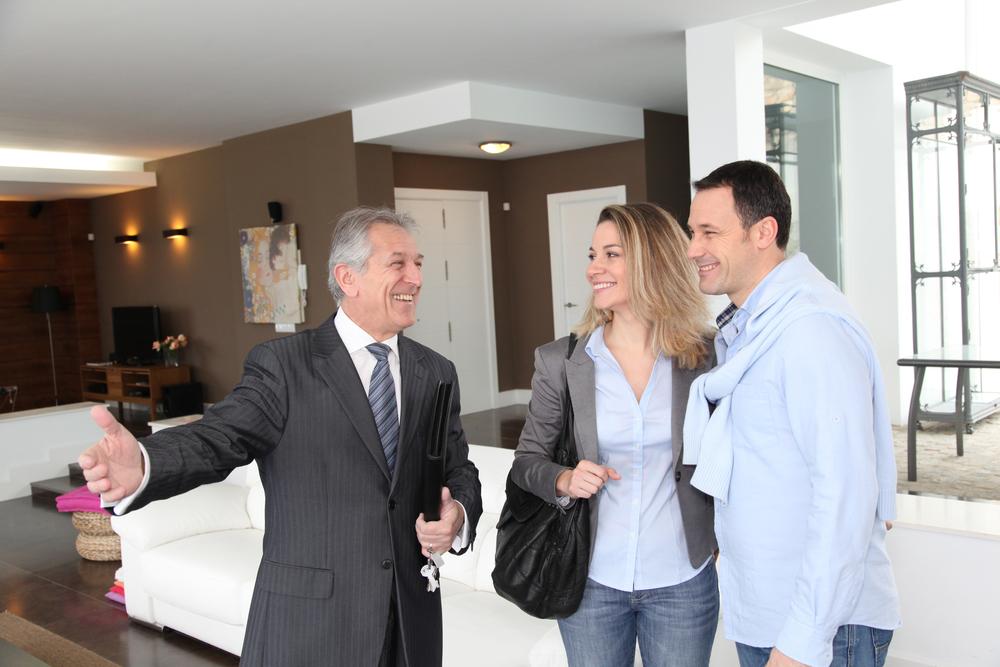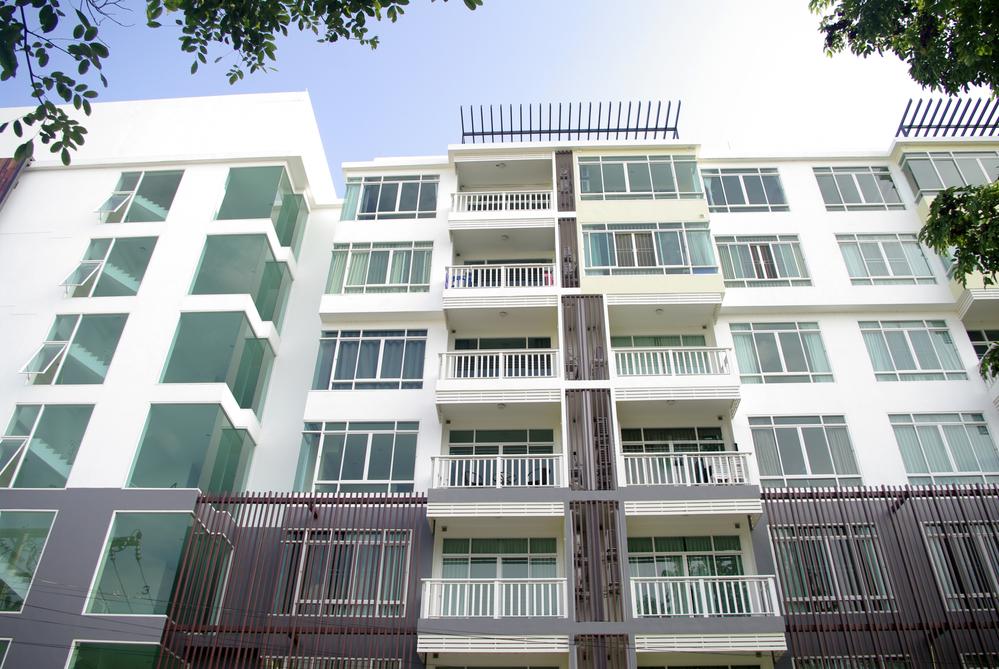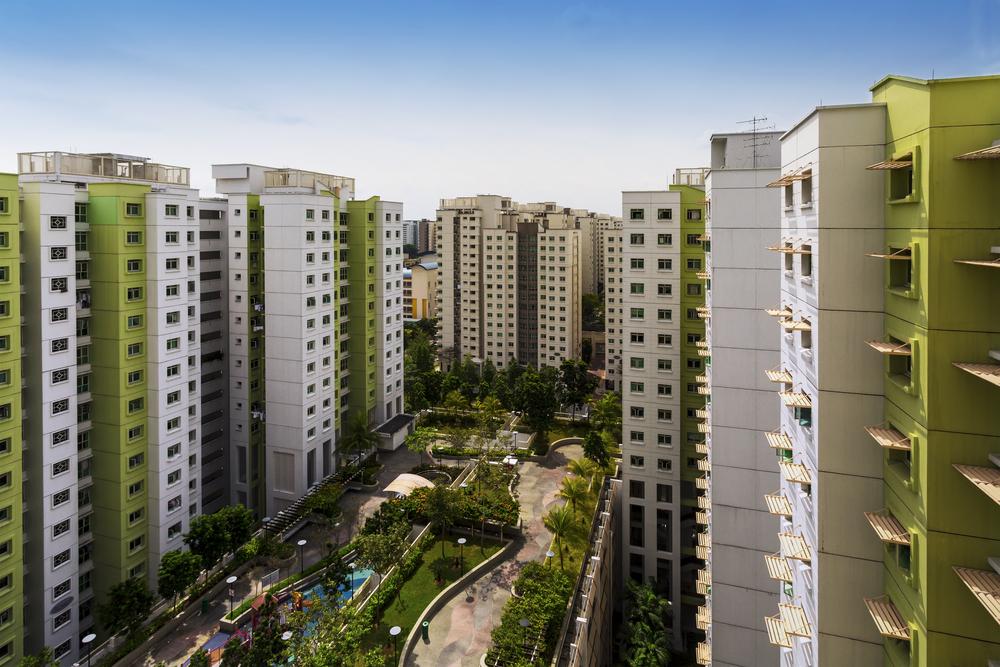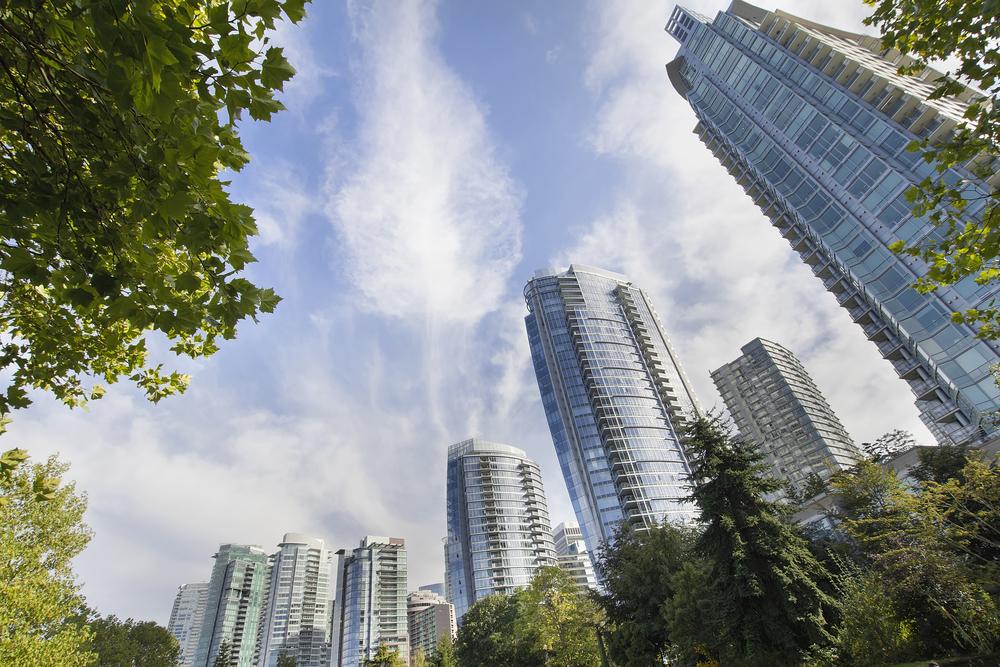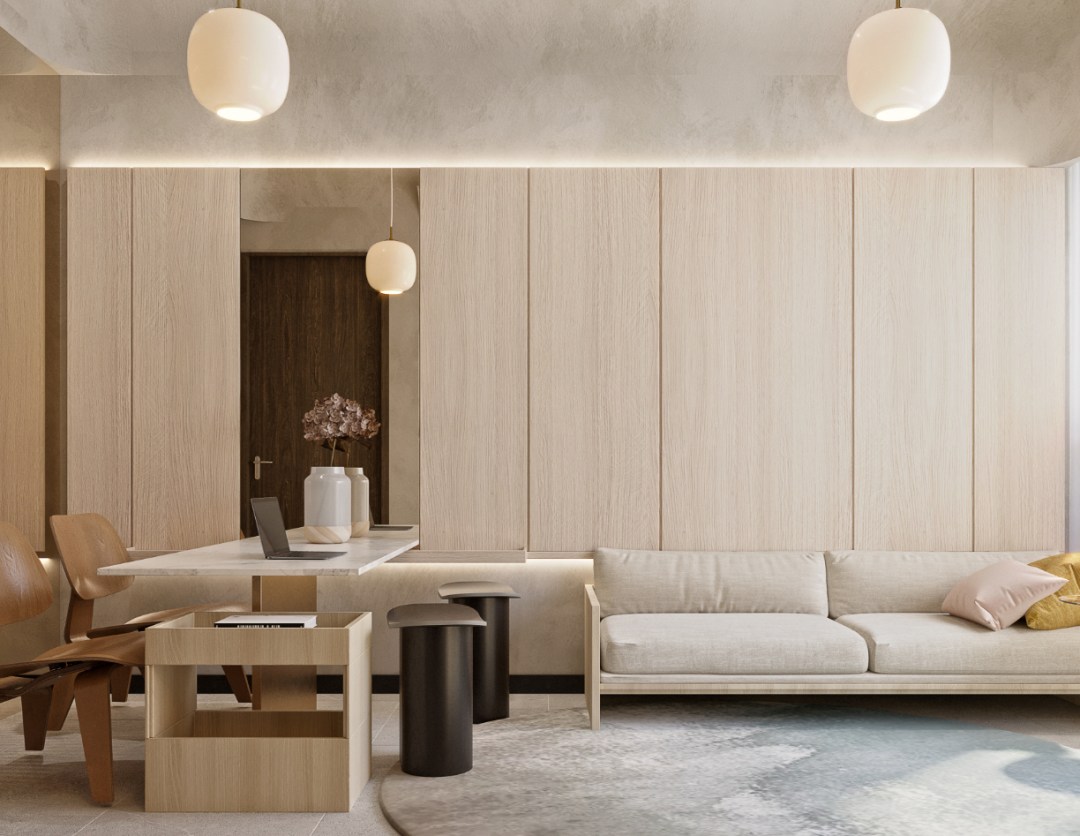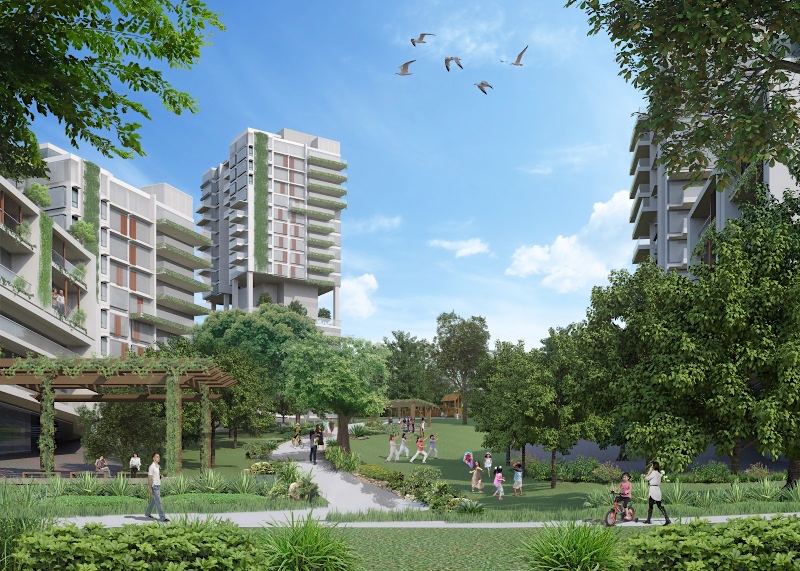
The legendary Waldorf Astoria New York has been a prominent part of the New York City skyline for more than 90 years and the hotel has hosted world-class top leaders Hollywood celebrities, and generations of wealthy, upper-class Americans.
Piccadilly Grand price comprising 405 units which include a variety of bedrooms that range from 1 to 4 bedrooms.
The Waldorf Astoria New York is set to complete the multi-year renovation and restoration program that began in the year 2017. The rooms on the upper floors of the hotel into a condominium of 375 units named The Towers of the Waldorf Astoria.
Once the renovations are complete next year, the complete block property will include the luxurious condos and the hotel with 375 keys Waldorf Astoria New York hotel, as in a groundbreaking reconstruction of the building’s Art Deco heritage.
The inclusion of a residential element means that, as the only time ever in Waldorf Astoria, buyers can purchase a house in The Towers of the Waldorf Astoria and take advantage of a variety of services and amenities the hotel can provide. International hospitality company Hilton Hotels & Resorts manages the whole development.
New York City icon
“The importance that is The Waldorf Astoria in New York is unparalleled,” says Dan Tubb who is the director of sales, senior for The Towers of the Waldorf Astoria. “The hotel has been a go-to spot for world leaders and celebrities throughout many years The hotel has hosted a number of memorable galas and other events.”
For instance, previous US Presidents who stayed in the Waldorf Astoria following the expiration of their term comprised Herbert Hoover, who lived at the Waldorf for a period of 30 years following the expiration the presidency of 1933 in addition to Dwight D Eisenhower, who was a resident there from 1967 to 1969.
The long and distinguished time, as well as the hotel’s close relationship to notable figures and the past The hotel is distinctive to New York City and a landmark building with a long personal past, says Tubb.
This is why a lot of attention is paid to the initial Art Deco design of the building. A renowned architectural company Skidmore, Owings & Merrill has spent years working to study the building’s past and to preserve its past for the future, while taking the whole development into the contemporary age.
“It can be both an honor and a tremendous responsibility to oversee this next version of the iconic Waldorf Astoria New York. The project was started from a position of deep admiration for the history of the building and a detailed study of its past, as well as the many changes that have been made to it through the many years,” says Frank Mahan the associate director of Skidmore, Owings & Merrill.
This includes a careful attempt to restore public spaces in their original form as a way to respect the legacy of the more than a century old hotel.
The brand new rooms of the Towers of the Waldorf Astoria will be helmed by a renowned design expert Jean-Louis Deniot. He has created custom items for the project, including solid , custom-made interior doors that have unique vintage bronze fittings, cabinetry made from Molteni & C in Italy and vanities that have polished marble countertops and tile mosaics featuring an inspired pattern of the Waldorf Astoria.
Bathrooms can also be heated with bathrooms with heated floors and rain showers as well as customized Italian vanities. Natural materials, hand-crafted finishes as well as soft Art Deco design references bring an old-fashioned feel to modern living areas.
Every home will have the concierge closet built into the entryway that is used for the safe and secure delivery of laundry, packages as well as room services. It can be accessed from the main corridor and the interior of the house, and items will be placed in the closet of the concierge with confirmation from the staff but with no personal contact.
“The Waldorf Astoria has a everlasting lavish atmosphere. The interiors will be a reflection of the splendor of the past, mingled with the modern day’s dazzling energy. They are grand and lively and inviting with a lot of surprises and excitement” Deniot says. Deniot.
Local and international inquiries rebound
Tubb says that the newly renovated hotel suites, the brand new condos, and the quality of service throughout the development will meet the needs of ultra-high net-worth buyers. “This segment of buyers and investors is accustomed to high levels of luxury and quality service and would prefer this luxurious development that fits the lifestyle they prefer.”
The initial sales of condominium apartments located at The Towers of the Waldorf Astoria began in the early months of 2019 but the pace of progress slowing as the virus was spread throughout the world and stopped travel across the globe, according to Tubb.
There has been a substantial increase in the amount of global requests for the development in the last 3Q2021. A majority of inquiries have come from buyers who are located on London, Paris, Milan, Sydney, Singapore, Manila and Australia,” he says.
Local enquiries have also risen due to the increasing wealth of American buyers are re-entering the market for luxury property market, according to Tubb. “We have seen a lot of wealthy New Yorkers purchase homes in our development to use as their own residence as well as high-net worth US buyers who have several US properties”.
The units are selling quickly and in high demand.
The last three months have proved to be particularly hectic and busy for Tubb along with his staff of sales. While he didn’t disclose the number of units sold to date however, Tubb “strongly recommends serious buyers not to hold off for too long because units are selling fast (over the last several years) and the number of units available is shrinking”.
The developer has kept the majority of the information about the apartments, like the floor space however, they are accessible upon the request of.
There is “good supply” of one- and three-bedroom apartments however there is an increase in interest for the apartment units with 25 terraces. They are designed individually with an exclusive interior style.
For instance the 5,000 square feet Park Residences unit overlooks Park Avenue. “This property is the kind of property that will resonate with buyers who appreciate an extravagant space that has views of City skylines,” Tubb adds. Tubb.
Prices for the penthouses and terraced apartments have not been released publicly and are only accessible through the sales department. Tubb says Tubb says that Studio units start at US$1.8 million ($2.43 million) One-bedroom units start at US$2.7 million, and two-bedroom units cost between US$5 million and US$7 million.
Three-bedroom apartments can be purchased for as little as $10 million, while four-bedroom apartments are available for over US$18.5 million. The buyers can anticipate some terrace apartments to cost greater than $25 million, whereas the for penthouses “is significantly higher” Tubb says. Tubb.
“Branded homes are extremely sought-after properties in the eyes of ultra-high-net-worth buyers. This group will pay more for a home that is branded to meet their expectations of a luxurious lifestyle.”
He also says that the global supply of high-end real estate has not kept pace with the demand over the last few years. So, there’s a the demand to purchase exclusive residential assets such as The Towers of the Waldorf Astoria

